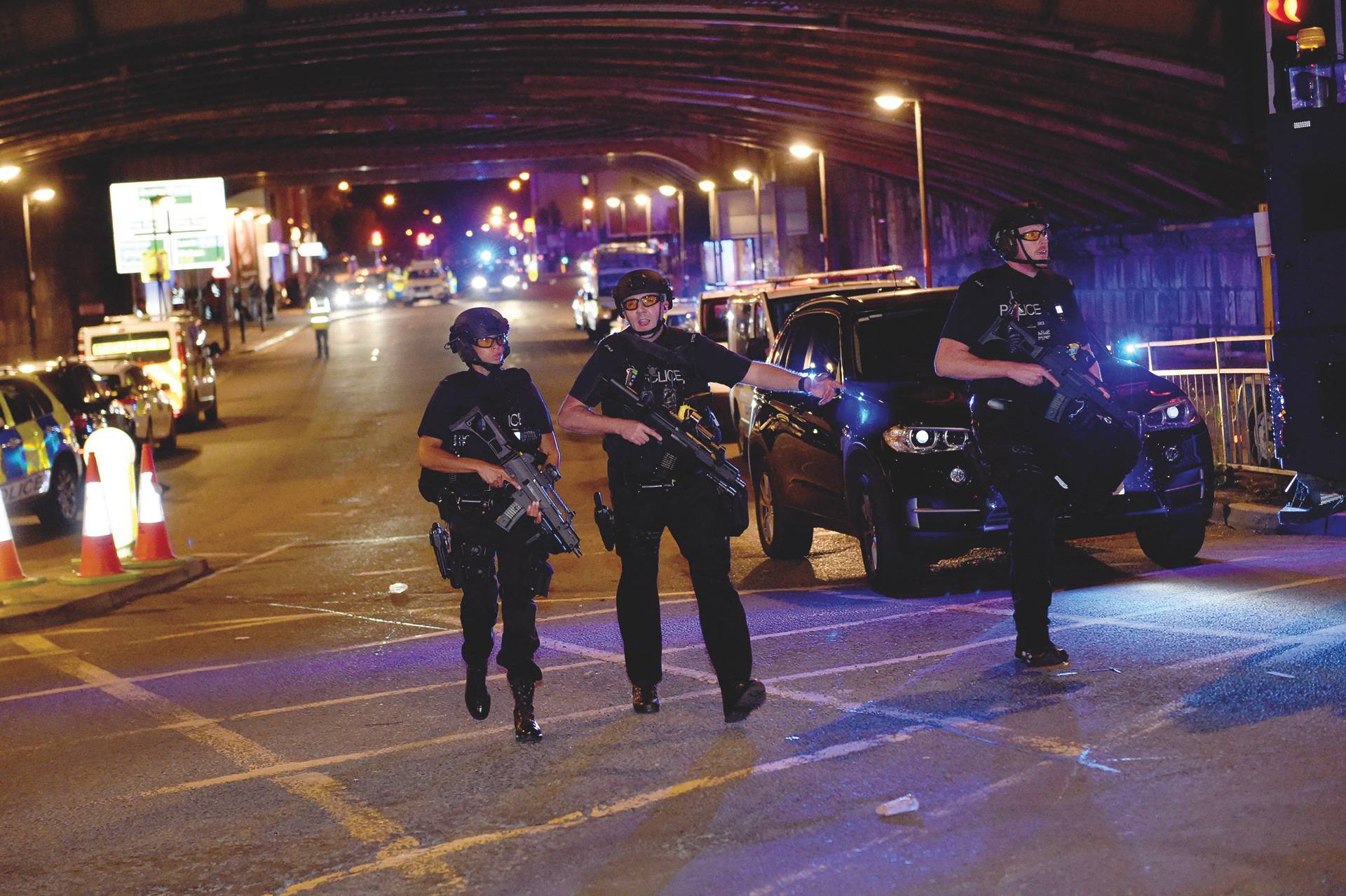New crime figures in dock
Criminologist questions police recording showing surge in crime
Figures that suggest a surge in violent crime should be treated with caution, an expert has warned.
New data on reported crime appears to show that some parts of the north saw a jump in offending in the year to September – with Greater Manchester and South Yorkshire coming off worst in the region on most counts.
But Andromachi Tseloni, professor of quantitative criminology at Nottingham Trent University, says that while the headline figures appear shocking, the data cannot be fully relied upon.
She said: “The changes in police recorded crime appear to give a grim story but, with a few exceptions, this data is not a reliable source of how much crime there is or a good measure of year-on-year changes in crime rates and crime trends covering longer periods.”
Most criminologists believe the accuracy of police-recorded crime is limited because of non-reporting by the public, different ways of recording it by police forces and changes in legal definitions of offences, she said.
The figures show that total recorded crime rose by 41 per cent in Greater Manchester and 34 per cent in South Yorkshire, compared with the previous 12 months, against an average increase of 15 per cent across England.
Violence against the person offences – which include violence with or without injury, death or injury caused by unlawful driving, stalking or harassment and homicide – rose by 62 per cent in South Yorkshire and 61 per cent in Greater Manchester, against an England average of 20 per cent.
Harassment and stalking rose by 192 per cent in South Yorkshire, 119 per cent in Cheshire and 102 per cent in Greater Manchester – against an England average of 36 per cent.
Robbery rose by 55 per cent in Greater Manchester and 46 per cent in South Yorkshire, against an England average of 30 per cent.
Homicide rates rose by 80 per cent in Greater Manchester – a figure distorted by the 22 victims of the Manchester Arena bomb attack. Removing these from the data shows 61 murders in the city in 2016-17 – still an increase of 33 per cent from the previous year and equal to the total number of homicides across Yorkshire and Humber. Nationally the rate fell by 1 per cent.
The Police Federation, which represents rank and file officers, believes falling officer numbers and funding cuts are having a direct influence on crime numbers.
Greater Manchester Police has lost 2,000 officers since 2010 – plus at least 1,000 support staff. Across England and Wales, 21,000 officers have been lost.
Ian Hanson, chair of the GMP Federation branch, says metropolitan forces like his have been hit the hardest.
He said: “We are more reliant on the police grant, whereas the shire forces receive more of their funding based on rateable value. Frontline officers are under increasing pressure and dealing with larger caseloads than ever before.
“Quite simply if you haven’t got the resources on the streets to provide a deterrent and intervene proactively then you will eventually see crime spike upwards – it takes time to permeate but this is what’s happening now.”
Greater Manchester’s deputy mayor for policing and crime, Bev Hughes, said the figures reflect the increasing challenge and demand facing an under-funded and over-stretched police service.
She said: “The mayor, chief constable and I will continue to put pressure on government to safeguard local policing whilst working with our local authorities, partner agencies and local people to do all we can to make our communities the strongest and safest they can be.”
Tseloni points out that since 2013 police recorded crime data has been assessed to fall short of the standards of national statistics and is subject to continuous inspections.
Certain crime definitions and categories change from year to year – an example being the creation of a new category of stalking and harassment in 2017.
“This alone explains the high percentage increase in the stalking and harassment figures,” she said.
Tseloni said police-recorded crime was likely to be more accurate for serious offences, such as homicide or robbery, which are “too serious to be contested or hidden” by problems in reporting or recording.
“The large increase in homicide is problematic but the fact that there are very few homicides in relation to the [total] population again implies that small changes are translated to high percentage changes,” she said.
“We should see if this is a longer period trend before starting seriously considering this an upwards trend.
“The recent reduction in police officers numbers in my view is a big problem [in terms of] crime prevention and public reassurance. However the relationship of police numbers and crime rates is more complicated than a straightforward negatively linear one and there is mixed evidence on cause and effect.”
Photo: Greater Manchester homicide rates rose by 80 per cent, in part due to the 22 people killed in the Arena bomb attack (Shutterstock)

Leave a reply
Your email address will not be published.